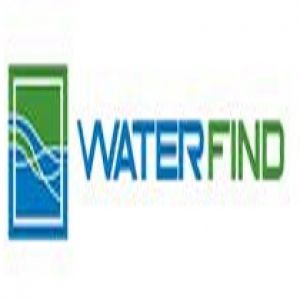Effective and Friendly Method to Determine Water Depths and Yields
Posted by WaterFind on March 31st, 2017
The natural resources are facing extinction due to the rapid pace at which they are being exploited by humans. Fresh water, the most used natural resource for survival, is getting hard to find and various methods employed in doing so are harmful to the land too. It is, therefore, important to ensure that one uses methods that are highly effective and at the same time causes minimum harm to the area under operation.
Water wells are of special value for the farmers, ranchers, and acreage owners. The farmers, especially, need them as their livelihood is dependent upon them. With modern heavy machinery it is breeze of a task to drill different grounds and make holes as big as needed. But in doing so, one has to understand that a fairly good piece of land might get affected and wasted if the yield at a certain location is not good enough.
A method with high efficiency
Identifying and evaluating potential sites for water well development has never been easier. The use of seismoelectric methods and equipment is the most economical method with very minor disturbance to the ground or environment. The onsite survey of potential sites is based on the generation of electromagnetic fields in soils and rocks by seismic waves.
How does it work?
A seismic wave it shot at the surface that is under inspection and as it encounters an interface, it creates a charge separation at the interface forming an electric dipole. The created dipole radiates an electromagnetic wave that can be detected by antennae on the ground surface.
As the seismic (P or compression) waves stress earth materials, four geophysical phenomenon occur:
-The resistivity of the earth materials is modulated by the seismic wave;
-Electrokinetic effects analogous to streaming potentials are created by the seismic wave;
-Piezoelectric effects are created by the seismic wave; and
-High-frequency, audio- and high-frequency radio frequency impulsive responses are generated in sulfide minerals (sometimes referred to as RPE).
Seismoelectric technology used today was previously known as EKS or electro-seismic and it was the early research of what eventually became the Oil Seismic method used today. After completing the sounding at each site, the data collected needs to be processed using various of analysis methods to produce the desired results. The final report also includes the interpreted depths and yields for each location surveyed.
All the farmers or others with water well development needs should head online and find out the best seismoelectric technology service providers for the best results.
Author’s Bio : The author is an avid writer. This article is about the use of seismoelectric technology for determining potential water well sites.


